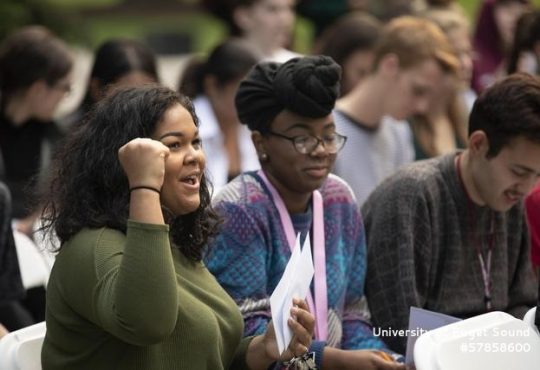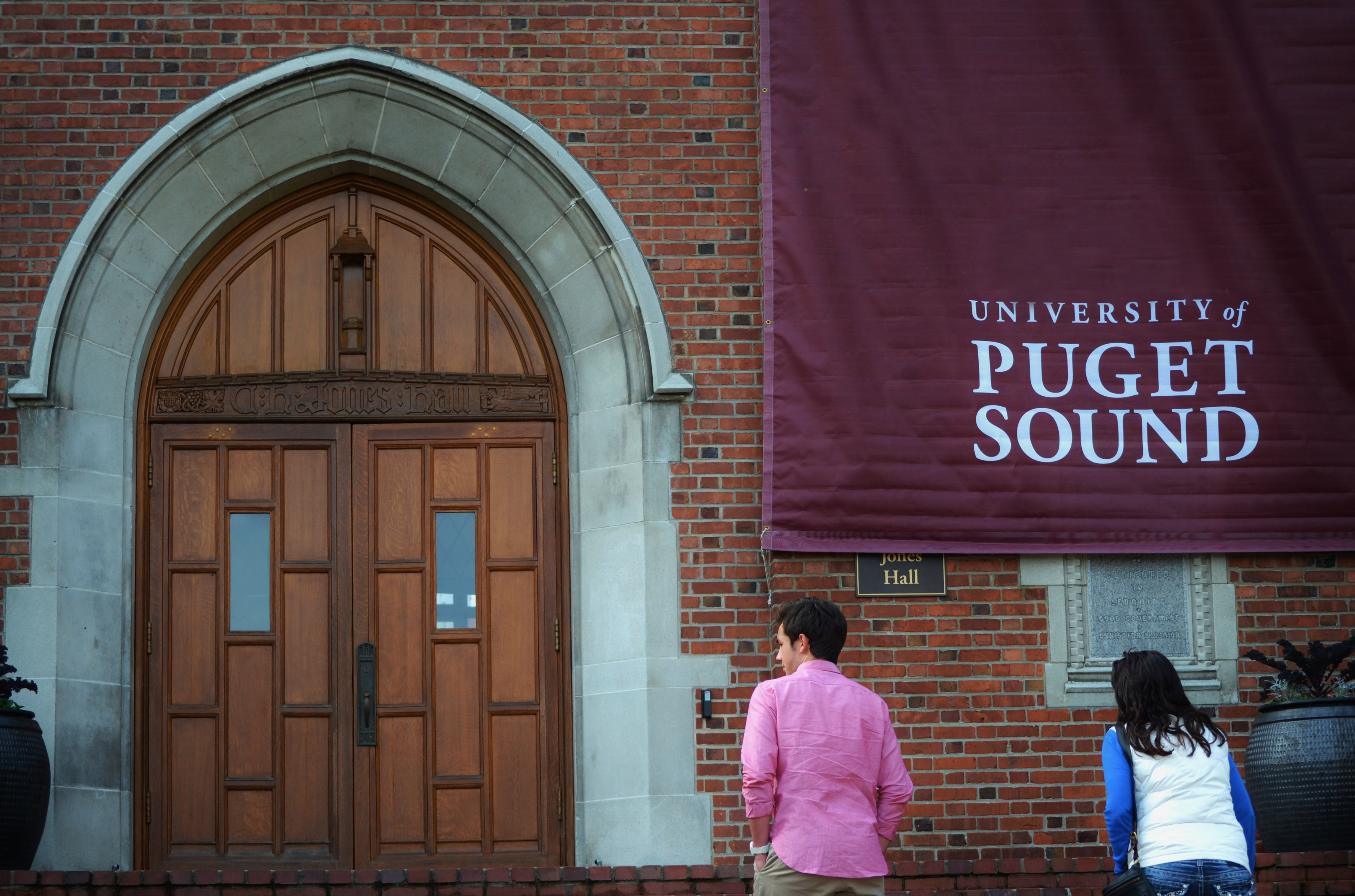
Contrary to general assumption, liberalism can be just as taxing for marginalized and underrepresented groups as conservatism. While maybe not as violent or as noticeable as their conservative counterparts, liberal forms of oppression and injustice thrive in places like New York, Los Angeles, and Seattle — three cities trademarked for their staunch leftist electoral maps. One example of this is the well-intentioned “diversity hire.”
“Diversity” is a term that has been thrown around a lot in the last 20 years or so, particularly in academic and organizational contexts. From the McDonald’s on your block to Harvard Law to the U.S. Senate, the generally agreed-upon definition of diversity is seeing these institutions reflect the communities and bodies of people they represent in their population. While most often used in a racial context, a flourishing spectrum of gender, sexual orientation, class, age, religion and ability should also apply to the term “diversity.”
Many businesses and organizations in liberal places such as Seattle hear increasing demands for diversity, and thanks to media like “Black Panther” (2018) and “Crazy Rich Asians” (2018), they see that diversity can sell (the only real interest of any business, at the end of the day, is profit). Thus, liberal organizations are inclined to start diversifying their workforce. From a bird’s eye view, this is a good thing — a large number of debates about race and class involve job disparity, especially in profitable fields like technology and medicine — but the diversity hire can fall painfully short when considered from the new hire’s point of view.
Jori Ford, in her article titled “I’m every employers dream ‘diversity hire,’ and it’s the worst” at FastCompany.com, writes from the perspective of a black, Korean, lesbian tech worker in Chicago. “Not all strategies for achieving a diverse and inclusive workforce are created equal, and at various points earlier in my career, I’ve been frustrated to realize that many recruiters don’t look beyond the sum of identifiers someone like me possesses,” Ford wrote.
In short, many employers are seeking a diverse workplace but don’t truly know how to accomplish it. They hire employees on the basis of diversity alone, while not sacrificing productivity and contribution, of course, and assume that having people of color in the workplace is all that needs to be done. They would be wrong.
As Ford asserts, “Companies interested in moving beyond checking boxes need to weave values and processes that foster diversity and inclusion throughout their cultures.”
In order to have diversity, organizations first have to create space for it. Hiring specialists in diversity and inclusion is one good step to take. Blind hiring, wherein you simply see a prospective employee’s qualifications and experience with no reference to their race or class, is another one. If your organization has an equal employment quota that forces people of marginalized identities into awkward positions, then you’ve unfortunately missed the mark on diversity — but you’ve done a great job of devaluing your employees and turning the struggles and injustices faced by those groups into a dehumanized statistic.
This conceptual execution of the diversity hire exists at predominantly white colleges and universities (like ours) as well. Institutions often fail at implementing diversity because they assume that just having a diverse workforce at the base level is a serious accomplishment of the task, while their white-washed upper level positions remain the same. Thus, the work of actually diversifying the university — students and faculty — falls on the shoulders of these hired people of color, who are expected to draw other people of color in.
Nowhere does this apply more aptly than Puget Sound, where we seem to pat ourselves on the back for the class of 2022 being more diverse than any before it. What does a diverse student body mean beyond putting the actual diversity work onto the students of color themselves? Often it’s the students and faculty of color advocating for themselves and vying to increase diversity, while the majority white administration and student body amble on comfortably.
At the end of the day, this university is an organization. And like aforementioned organizations, if it wants to see real diversity on campus, then there’s more work to be done than just a simple increase in “diversity” hires and admissions.



